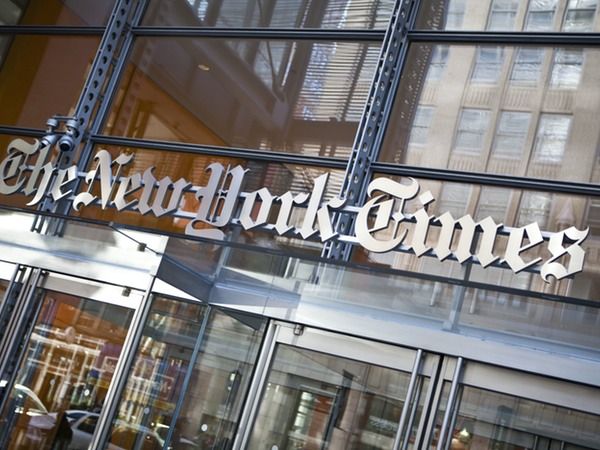In the bustling world of publishing, a book’s cover and interior design are often the first, and sometimes only, chance to capture a reader’s attention. In New York City, the heart of the American publishing industry, a vibrant community of exceptionally talented book designers plays a pivotal role in transforming manuscripts into visually compelling works. For authors, especially those pursuing self-publishing or seeking to influence their traditional book’s aesthetic, identifying and collaborating with the best designers in New York is an investment that can significantly impact a book’s market success.
Why Design Matters in New York Publishing
New York’s publishing landscape is fiercely competitive. Every year, thousands of books are released, vying for shelf space, online visibility, and reader interest. In this crowded market, professional design is not a luxury; it’s a necessity. A well-designed cover signals professionalism, genre, and quality, while a thoughtfully laid-out interior enhances readability and the overall reader experience. New York-based designers often have a keen understanding of current market trends, genre conventions, and the specific aesthetic demands of major publishing houses, making them invaluable assets.
Qualities of a Top Book Designer
When searching for a book designer in New York hybrid publishing companies, consider these key qualities:
- Portfolio and Experience: Look for a diverse portfolio that showcases expertise in your book’s genre. A strong portfolio demonstrates versatility, creativity, and a track record of successful projects. Experience working with both independent authors and major publishers can be a plus.
- Understanding of Market Trends: The best designers are not just artists; they are also strategists. They understand what sells in the current market, what visual cues appeal to specific target audiences, and how to make a book stand out while still fitting within its genre.
- Communication Skills: The design process is collaborative. A good designer will listen to your vision, offer constructive feedback, and communicate clearly throughout the project, ensuring your input is valued and incorporated.
- Technical Proficiency: Beyond aesthetics, a designer must be proficient in industry-standard software (e.g., Adobe InDesign, Photoshop, Illustrator) and understand print specifications, file formats, and ebook conversion requirements.
- Testimonials and Reputation: Client testimonials and industry reputation offer insights into a designer’s reliability, professionalism, and ability to deliver high-quality work on time.
Finding the Best Designers in New York
New York offers numerous avenues for discovering top-tier book designers:
- Literary Agencies and Publishers: Many agents and publishing houses have preferred designers they work with regularly. While they might not share their direct contacts, observing the design of books from reputable houses can give you an idea of the caliber of work being produced.
- Professional Organizations: Organizations like the AIGA (American Institute of Graphic Arts) or the Book Industry Guild of New York (BIG) often have member directories or host events where you can connect with designers.
- Online Marketplaces and Portfolios: Websites like Behance, Dribbble, and even LinkedIn allow designers to showcase their work. You can filter by location to find New York-based professionals.
- Referrals: Ask other authors, editors, or publishing professionals for recommendations. Word-of-mouth is often the most reliable way to find talented individuals.
- Freelance Platforms (with caution): While platforms like Upwork or Fiverr host many designers, quality can vary. If using these, prioritize designers with extensive portfolios, strong reviews, and specific experience in book design.
The Investment in Design
Hiring a top-tier book designer in New York is an investment. Costs can vary significantly based on the designer’s experience, the complexity of the project, and whether you need only a cover, interior, or both. Expect to pay anywhere from a few hundred dollars for a basic cover to several thousand for a comprehensive package from a highly sought-after professional. While it might seem like a substantial expense, a well-designed book is a powerful marketing tool that can pay dividends in sales and critical reception.
Conclusion
In the competitive New York publishing landscape, exceptional book design is a critical differentiator. By understanding what makes a designer stand out and knowing where to look book launches, authors can find the perfect creative partner to bring their literary vision to life in a way that captivates readers and helps their book achieve its full potential.


